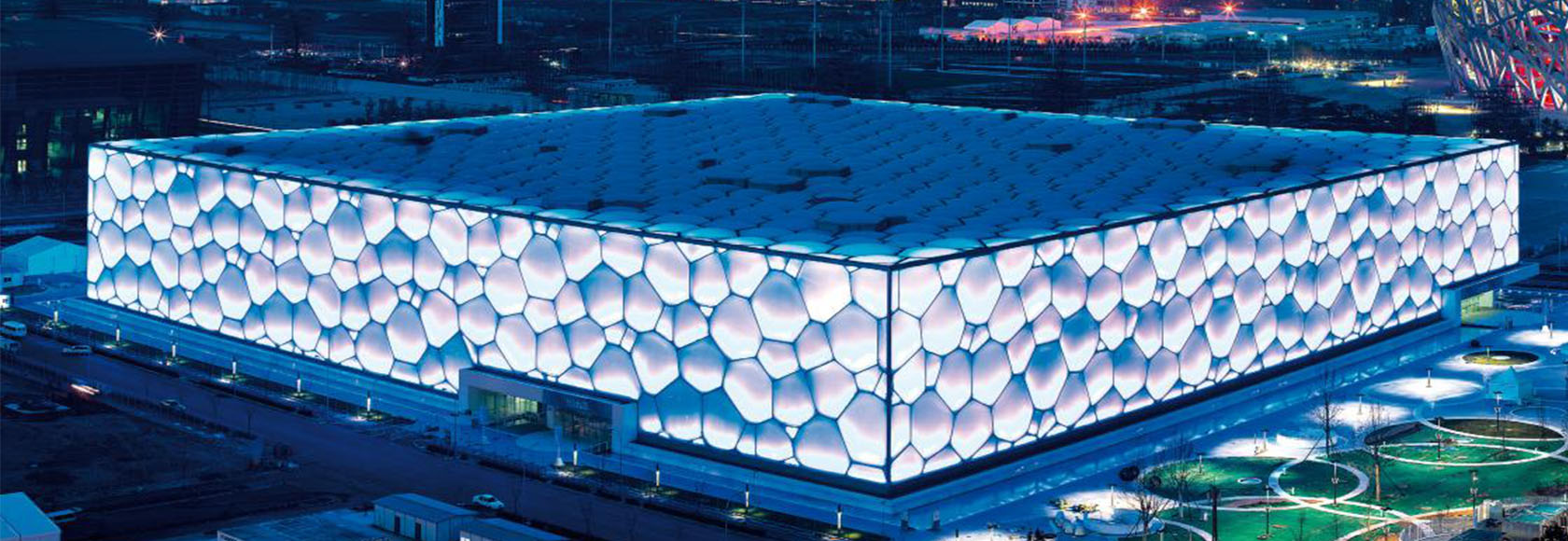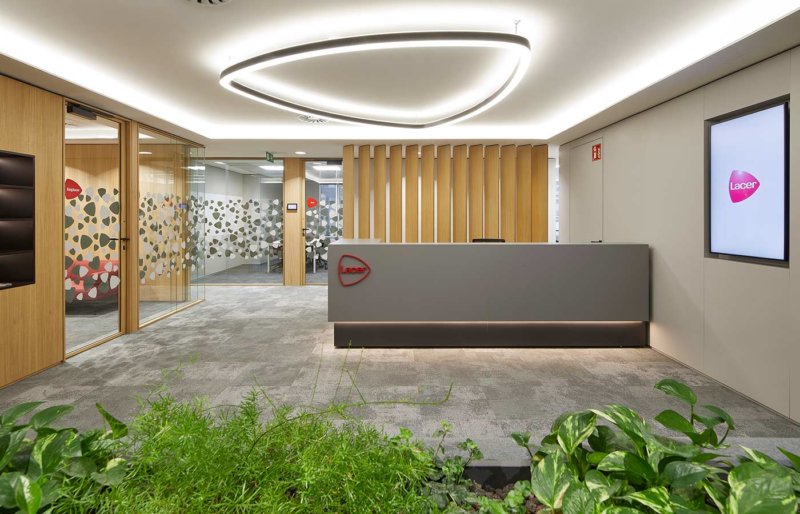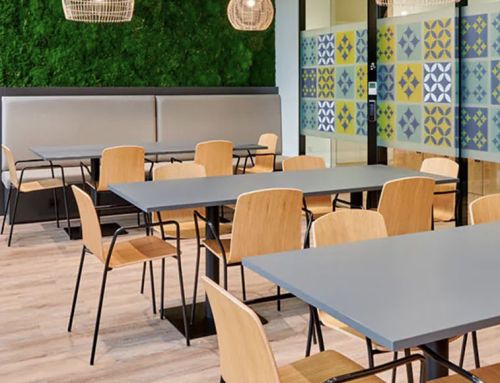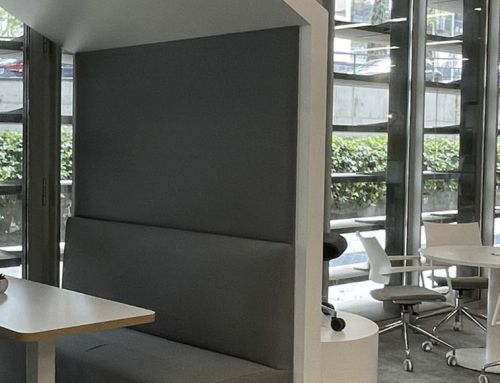Biomimetic architecture is becoming increasingly important in the design of corporate headquarters, especially after the change in the work paradigm that the pandemic has accelerated.
It is clear that covid-19 has negatively impacted us in practically every way. However, positive conclusions can be drawn from this adverse circumstance. On a personal level, it has made us more empathic. We care more about the well-being of others and also about the planet. The pandemic has taught us to understand what our priorities are.
And in the world of work? Without a doubt, companies have acquired other lessons that will condition the future of work in the short and medium term and also the architecture of offices.
One of the biggest lessons we are learning after the pandemic is the enormous importance of well-being in companies, to the point that there is talk of the “well-being revolution”. Without a suitable environment, it is impossible to work at peak performance. For this reason, organizations are “changing the chip” to become ecosystems in which professionals can develop both personally and professionally. In fact, today’s leading firms are already investing to transform their offices into great places to work.
And in this rethinking of workplaces, disciplines such as biomimetic architecture in offices or biophilia acquire more value every day.
In a previous post, we showed office projects with Ofita furniture in which biophilia concepts have been incorporated. Today, we will focus on biomimetic architecture.
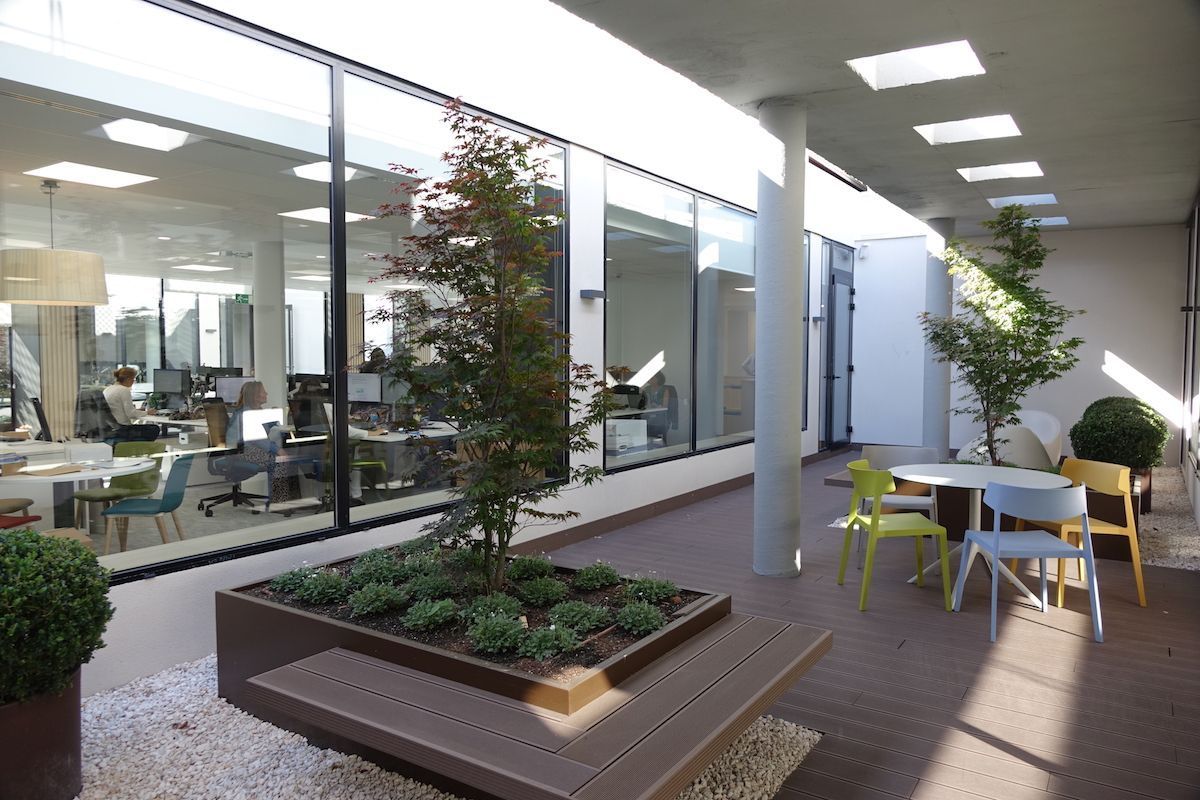
Servier Laboratories Offices – Madrid
What is biomimetic architecture?
Biomimetics means “to imitate life”. Aristotle said that to achieve its ends, art imitates nature. Today, not only artists, biologists, architects, engineers, physicists and other scientists are designing and creating products and artifacts capable of replicating the natural forms and functions of organisms.
Leonardo da Vinci, through his observation of nature, designed flying elements that had been inspired by the flight of birds, imitating the shape of their wings. Other examples: robots that move like insects; ultra-resistant fabrics inspired by spider webs or ocean alert systems based on ultrasounds emitted by dolphins.
Biomimetic architecture takes inspiration from nature to create more sustainable and healthier buildings for people, not to purely replicate its forms, but to understand the norms that govern it.
The bones of the human body, for example, are four times stronger than concrete, with half the weight; spider web is five times stronger than steel. And in addition, its production process does not generate polluting emissions.
For this reason, more and more architects defend the importance of design and the need to work in harmony with nature, instead of fighting against it. And with that objective, they rely on the potential offered by biomimetics and biophilic design (integrating nature into design) for sustainable architecture.
Biomimicry in architecture
Human beings have spent centuries trying to impose themselves on nature until they have squeezed it to the limit. What if instead of destroying it we try to understand it? Understanding how nature solves problems can help architects create buildings that work in harmony with natural systems.
Biomimetic architecture or the application of biomimicry in architecture does not try to copy nature, but to be inspired. Look for ideas in the natural environment to solve a problem. Gaudí already said that the architect of the future would be based on imitating nature, since it is “the most durable, rational and efficient of all methods”.
Biomimetic architecture, some examples
There are very attractive examples of biomimetic architecture, starting with Gaudí’s own Sagrada Familia and its forms inspired by nature.
Other very interesting biomimicry projects in architecture are the Sahara Forest, which minimizes the waste system to almost zero, or Frank Lloyd Wright’s Johnson Wax building, which evokes water lily leaves floating on the surface of the water.
More examples: Beijing’s famous National Stadium, designed by Herzog & de Meuron and composed of a steel frame inspired by a bird’s nest; the Chicago Spire building project, which was inspired by the torsion of the human torso; the Water Cube by PTW Architects for the National Aquatic Center; or the Quadracci Pavilion at the Milwaukee Art Museum, by Santiago Calatrava, which opens and closes during the day like the wings of a butterfly or the unfolding of a flower.
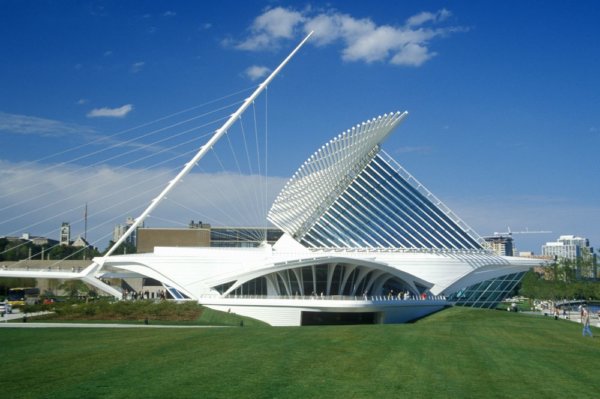
Quadracci Pavilion – Milwaukee Art Museum
In short, biomimetic office architecture is presented as an interesting line for humanity to follow in order to ensure a more sustainable future. The more our world resembles nature, the greater our chance of surviving in it.
